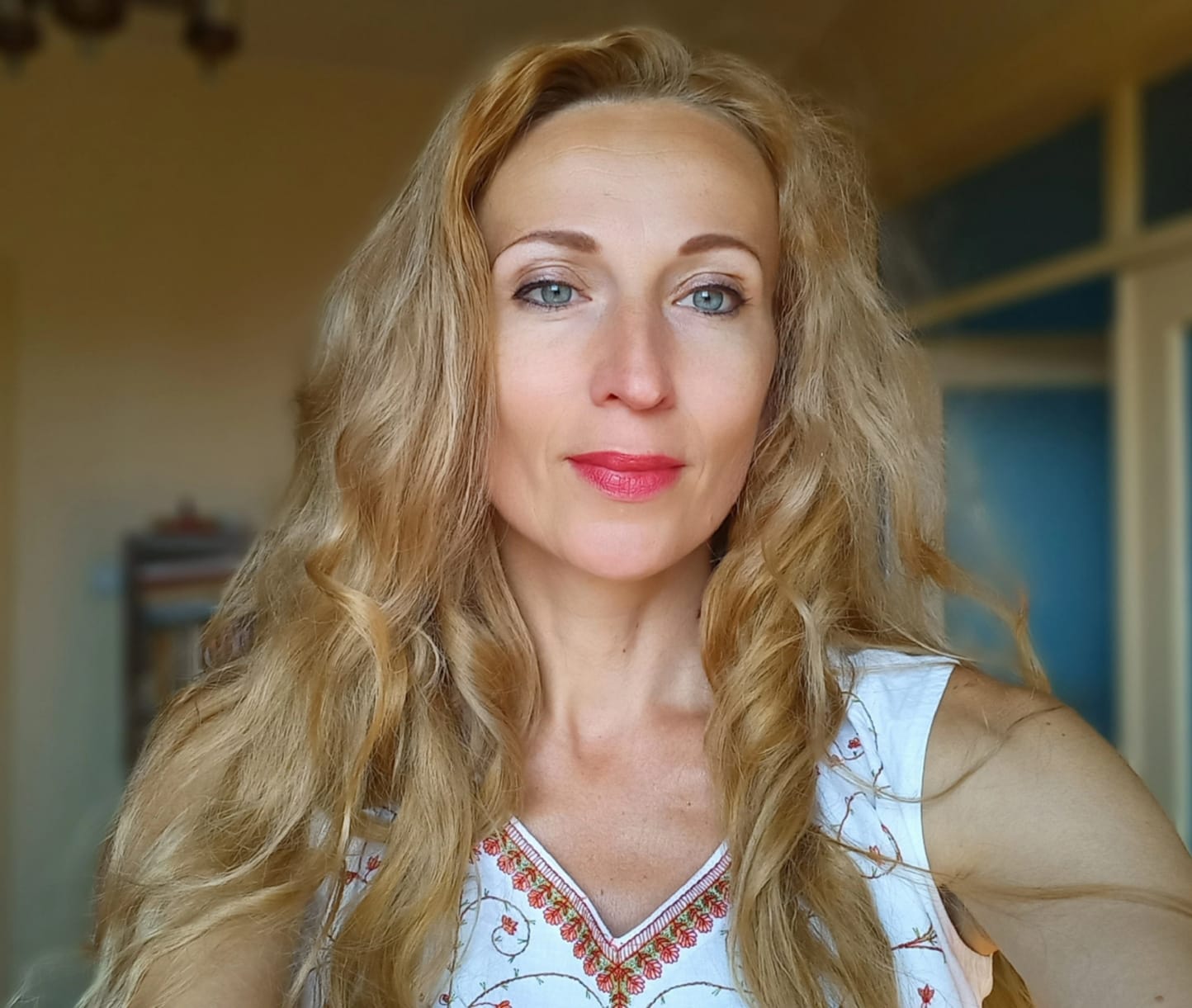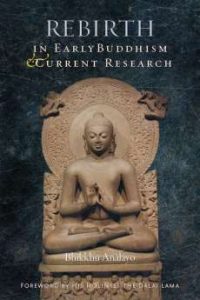
UPDATE: Sholban Kara-ool has since resigned as chairman of the Tuvan government. A new government leader will be elected in September. The interim acting head is Vladislav Khovalyg.
The long-awaited installation of a golden Shakyamuni Buddha statue on the slopes of the sacred mountain Dogee in Tuva began in July, Sholban Kara-ool, chairman of theTuvan government announced on social media recently. The project has been realized by the residents of the Buddhist republic under the leadership of Buyan Bashky, president of the foundation behind the construction of the statue, and chairman of the Administration of the Association of Buddhists of Tuva.
“This high mission of constructing an image of the Buddha became one of the main goals of Buyan Bashky’s life, overcoming trials and working on his own inner world,” Kara-ool stated in his social media message. “To make such a statue and bring it to the top of the historical mountain is a symbol of the revival of the Buddhist faith and the spiritual growth of the people of Tuva.”

Dogee Mountain (from the Tuvan word дөгээлен, “to lie”) is the main natural attraction of the Tuvan capital, Kyzyl. Located close to the city, on the right bank of the Yenisei River, the mountain rises more than 1,000 meters and the peak offers magnificent views of Kyzyl and its surroundings. The beautiful landscapes of the mountain are combined with historical traces: petroglyphs left by the Scythians, ancient tribes of nomadic warriors who flourished between 900 BCE and 200 BCE in what is now southern Siberia.
Dogee is a symbol of Buddhist revival in Tuva, with the mantra of compassion Om Mani Padme Hung inscribed over an area of 120 meters by 20 meters into the slopes of the southwestern ridge using stones painted white. The mantra was laid out in 2006 with the help of the most senior Buddhist monastic in the Tuva Republic, the Fifth Kamby Lama Jampel Lodoy,* the Tibetan monastery of Gyudmed, and the Enerel Foundation.

Jampel Lodoy proposed the idea of erecting a Buddha statue on the top of Dogee Mountain in 2008. Construction of the statue began in 2011, funded by the residents of Tuva. According to the project design, the Buddha will be seated in a posture of meditation upon a throne in the form of a lotus flower set on a pedestal. Initially the height of the statue was proposed to be about 40 meters, then 21 meters, but in the end the designers stopped at a height of nine meters. The pedestal is divided into two parts, including an 11×8-meter inner chamber. The plan is to have a temple on one side, and 100 tonnes of grain placed on the other side, which, according to Tuvan Buddhist belief, symbolizes wealth. The temple is planned as a chapel where pilgrims can pray and perform rituals.
The erection of the golden statue of Shakyamuni atop Dogee is of great religious significance for Tuvans. The Buddha gazing toward Kyzyl is expected to bring positive energy, peace, prosperity, and good luck to all residents of the republic. The auspicious location also means that the Buddha statue will be visible from across the city and outskirts of Kyzyl.

* Kamby Lama of Tuva Dies from Health Complications Related to COVID-19 (Buddhistdoor Global)
Related news reports from Buddhistdoor Global
Ninth Kamby Lama Elected in Tuva Republic
Russian Buddhists Request Prayers for the Health of Kamby Lama of Tuva, Diagnosed with COVID-19
Eighth Kamby Lama Enthroned to Lead Buddhist Sangha in Tuva
National Museum of Tuva Hosts Exhibition of Buddhist Relics
Jhado Tulku Rinpoche Visits Moscow, St. Petersburg, Kalmykia, and Tuva
Kalmyk Musical Performance of the Buddha’s Life Presented in Tuva and Buryatia
Related features from Buddhistdoor Global
Footprint of the Buddha: Burgan Izi, the Holiest Site in Tuva
Buddhist Temple Dedicated to the Dalai Lama Under Construction in Tuva
Tuva: Sacred Land of Turkic Shamanism and Tibetan Buddhism
Russia’s Golden Triangle of Buddhism
International Conference in Tuva Marks Revival of Buddhism in Central Asia












